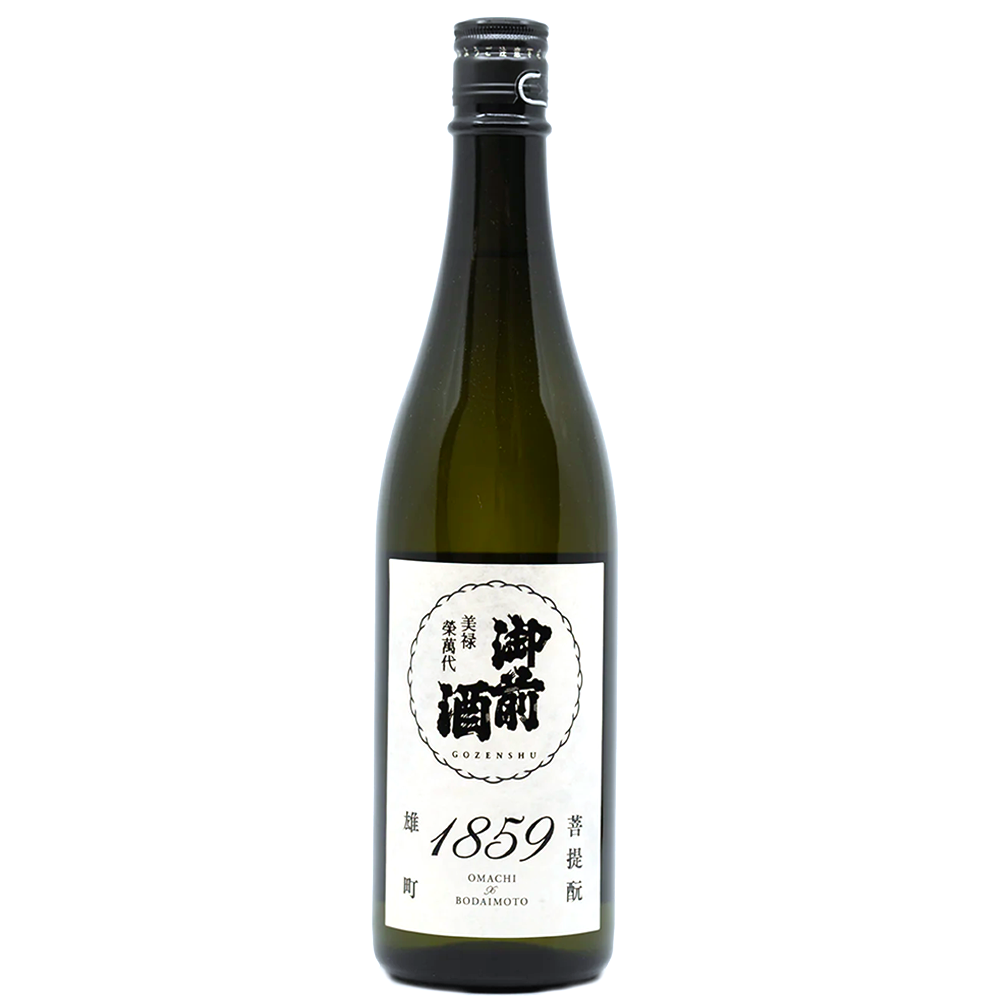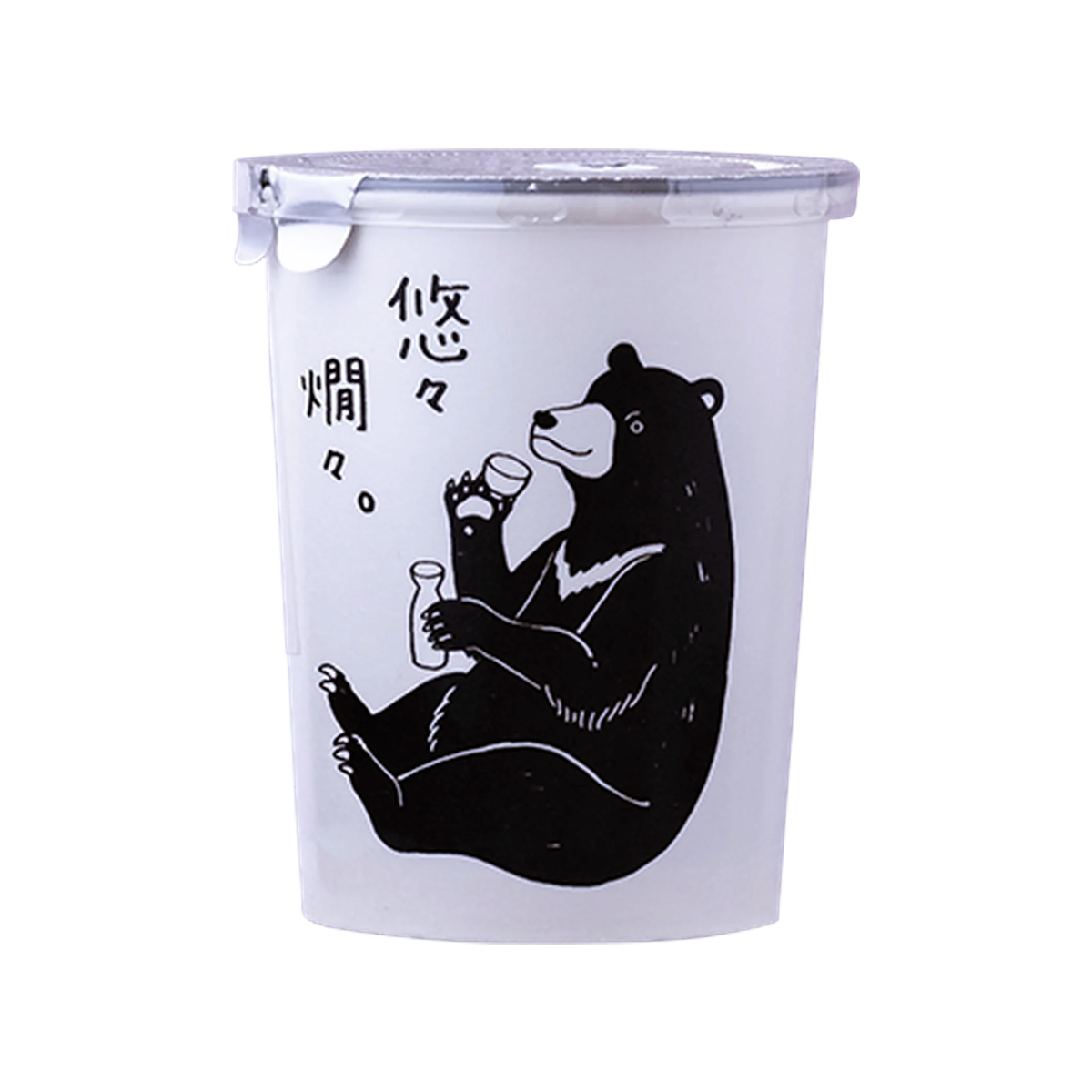
Gozenshu Omachi Bodaimoto Junmai "1859"
- In stock, ready to ship
1859 is Gozenshu's new brand dedicated to the exploration of Okayama’s heirloom rice, Omachi. Omachi is known for its earthy, herbal, rustic and deep flavor profile, well suited to junmai.
1859, named for the year of Omachi's discovery, is brewed with the original "Gozenshu bodaimoto method." This method produces sake that is rich, mild, and only subtly lactic, with moderate acidity. 1859 has undergone roka (secondary charcoal filtration) and mizuwari (balancing with water) to produce an approachable, mellow, satisfying and hugely enjoyable brew. Less wild than its nigori cousin, but oh-so-gorgeous and dialed in with incredibly satisfying weight, soft roundness, and depth.
1859 has ripe & rounded flavours of green banana, guava, brown sugar, yogurt & sweet steamed rice. A beautifully long finish tapers off into spicy, fruity, mellow sweetness.
Location: Okayama (North)
Rice: Omachi
Polishing: 65%
Yeast: 1401
SMV: +3
Acidity: 1.7
Amino acids: 1.7
Starter: bodaimoto-inspired, sashimoto pied de cuvee
ABV: 15%
Gozenshu is made by one of Japan's most accomplished female toji, Maiko Tsuji, who was also the first female toji in Okayama. In 2023, the company committed to producing 100% of their sake from local Okayama omachi rice, making them the first brewery in Japan to exclusively commit to local Omachi.
Gozenshu's relationship with bodaimoto method is one of a kind. They prepare their bodaimoto starter-- an ancient fermentation starter originally invented by monks in Nara-- by infusing koji rice into water using a cloth bag, almost like tea. This is versus using the traditional raw rice bodaimoto method, which makes the starter more sour and acetic. In addition, Gozenshu was the first brewery to rediscover and resurrect the bodaimoto method in the modern age. It was only by chance when a relative of the family, a London-based antiquities dealer, came across an old brewing book. This book included a recipe for the (then unknown) bodaimoto method, which led Gozenshu's toji on a quest to reproduce, and eventually evolve, this style of sake. Unpopular at first, bodaimoto is now a cornerstone of modern taste and has inspired dozens of other breweries to attempt the ancient method.
While the great majority of sake starters are acidified with pure lactic acid, bodaimoto is a mix of water and uncooked or cooked rice, left out to turn sour. Ambient lactic acid bacteria (along with a bunch of other random buggies) do their business, generate lactic acid, and eventually create a sour environment safe for sake yeast to thrive. This wild starter tends to be wild, funky, yogurt-y and fruity. Gozenshu's proprietary bodaimoto method is a variation on this, designed to produce a softer, less sour sake.
47.14 YPR



